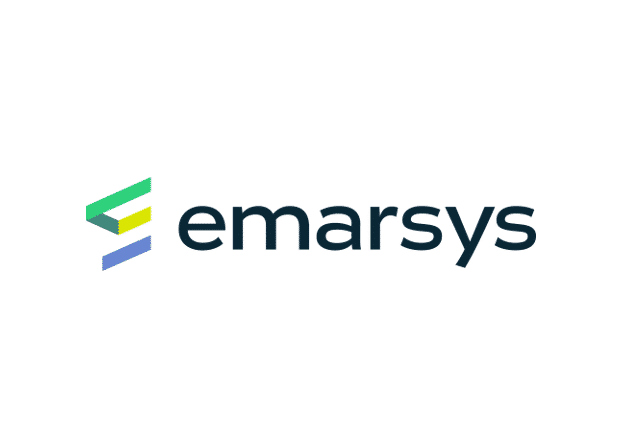As I was getting ready to roll out the first Emarsys blog, one thought was sitting in my mind: challenge. Challenge to stand out from the clutter of messages and get through to the readers on the receiving end with stuff that will make them want to come back for more.
The challenge is not unique, it is shared by various marketing disciplines and email marketing is not an exception. Having worked in the industry for several years means I know too well the rising pressure. When subscribers are getting an average of 35 emails daily, how do you ensure yours is the one that gets clicked on?
By staying relevant. Yes, this mantra has been repeated by email marketers for years, but today it is important as ever and cannot be ignored. If you want the recipients to open your emails and avail of the product offers in it, make sure the information you sent to your customers is tailored to their interests. Email marketing technology allows to track exactly the products and categories that are of most interest to your recipients by monitoring their clicking behaviour.
Say you are a travel retailer and you see a recipient clicking on the “family holidays” category. In your next email to them, why not make the category banner more prominent in your template? Or offer a special personalised discount on this specific type of holidays? Such targeting will help you engage with your customers on a higher level, as well as increase conversion.
Here’s another question to ask yourself: are you using email in conjunction with other media? The newly published ShareThis study revealed that Social Sharing now accounts for 10 percent of all Internet traffic and 38 of referral traffic – these figures vouch for the immense power of social media and they cannot be ignored. Back up your email message by cross-promoting it through social media. If you don’t yet have Social Sharing integrated in your emails, this is the time to talk about it with your Email Service Provider.
Finally, carefully select the frequency of your emails. One thing we often observe is companies starting to send more often in order to improve conversion results. Be smart about it. Segment your recipients by level of engagement with your product or service and plan the sending frequency accordingly. While more frequent communication can bear fruit with those customers who are already highly engaged with the brand, it can provoke the opposite results with the less engaged audience.












